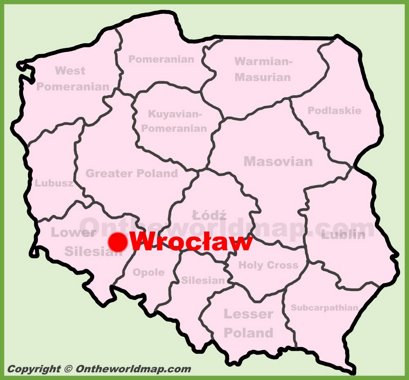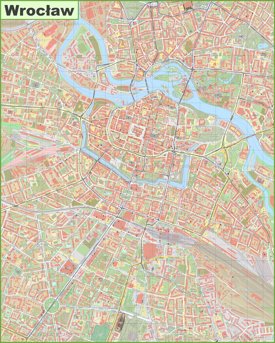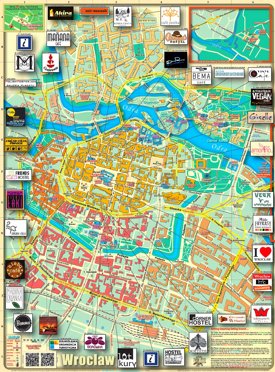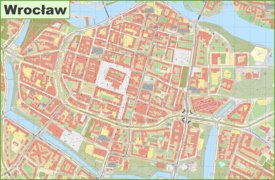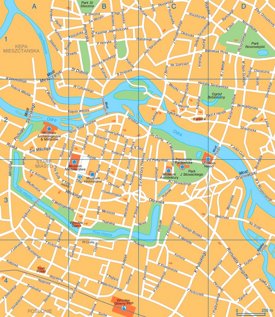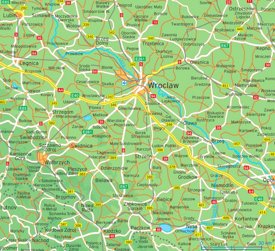Wrocław Maps
Online Map of Wrocław
About Wrocław
Wrocław is a city in southwestern Poland and the historical capital of Lower Silesia. With a population of approximately 675,000 residents, it stands as the fourth-largest city in Poland. Located on the Oder River, the city is spread across 12 islands connected by 130 bridges, earning it the nickname "Polish Venice."
The city's history dates back over a thousand years. Originally established as a Bohemian fortress in the 10th century, Wrocław has been under the rule of various kingdoms and empires, including the Kingdom of Poland, Bohemia, Hungary, the Habsburg Empire, Prussia, and Germany. Following World War II, it became part of Poland in 1945 as part of the border changes agreed upon at the Potsdam Conference. The city was almost completely destroyed during World War II but was meticulously reconstructed in the following decades.
Today, Wrocław serves as a major economic, cultural, and educational center. The city hosts several higher education institutions, including the University of Wrocław founded in 1702, and is home to numerous research and development centers. The city's economy is diverse, with strong information technology, banking, and industrial sectors. In 2016, Wrocław held the title of European Capital of Culture, highlighting its significance in the European cultural landscape.

Among the city's most notable landmarks is the Market Square (Rynek), one of the largest medieval town squares in Europe, featuring the iconic Old Town Hall. The Gothic St. Elizabeth's Church with its observation tower offers panoramic views of the city. The Centennial Hall, designed by Max Berg and built in 1913, is a UNESCO World Heritage site and represents a milestone in the history of reinforced concrete architecture. The Cathedral Island (Ostrów Tumski), the oldest part of the city, houses the magnificent Cathedral of St. John the Baptist and several other historic religious buildings.

A unique feature of Wrocław is its collection of over 300 small bronze dwarf statues scattered throughout the city. These whimsical figures, known as krasnale, commemorate the Orange Alternative, an anti-communist underground movement from the 1980s. The city also maintains extensive green spaces, including the Botanical Garden established in 1811 and the Japanese Garden in Szczytnicki Park. The city's public transportation system includes an extensive tram network, buses, and several river boats during the summer season.
The Facts:Voivodeship: Lower Silesian.
Population: ~ 673,531.
Metropolitan population: 1,250,000.

